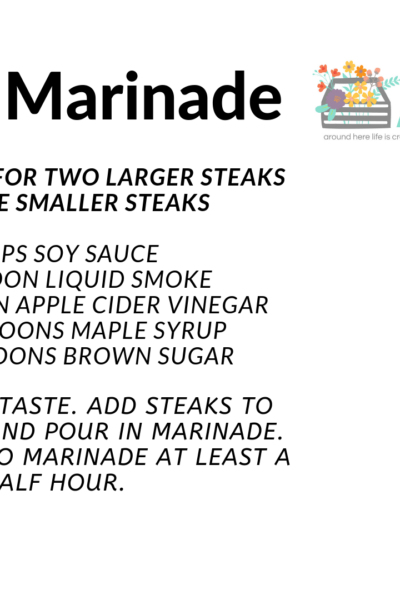My last post showed you half of the harvesting process for haylage and now I’ll finish showing you the process. After we know the hay is in perfect condition for harvesting we will begin the chopping process.
The machine on the right is the chopper. It picks up the large piles of hay we merged together and cuts them into smaller pieces. The haylage is then spit out of the chopper into the trailer of a semi. As you can see, the machine on the right is the chopper and the semi with the trailer is on the left.
Here’s a closer look at the equipment.
As you can see the chopper and semi driver have to be the best drivers on the crew. Both of the drivers have to drive the same speed and make sure the trailer is filled evenly from the front to the back. The harvesting crew works together many months and by the end they will have the timing down perfectly. The truck drivers will have another truck waiting behind the chopper so the chopper doesn’t have to shut down and wait, they can just continue chopping without any interruption.
After the semis have a full load of haylage they head to the bunker to empty their load. Each year we carefully plan where we will store the haylage.
Each semi driver drops his load of hay off and goes back to the field to get another trailer full of haylage. One of the most important parts of making haylage happens after the hay is dropped off on the pile. In order to make high quality haylage, the pile has to ferment. Just like any form of alcohol that has to ferment, all air has to be taken out and it has to be allowed to sit for a certain amount of time undisturbed. In order to do this with any type of silage we must use a big, heavy tractor to pack the pile. This gets all of the air between the hay particles out.
The fermentation process is another reason why we completely cover the pile with a large piece of plastic. If we didn’t cover the pile with plastic there would be a great deal of spoilage in the pile and we wouldn’t be able to feed it to the cows. We cannot feed spoiled silage to our cows because they can become very ill, just like when we eat spoiled food.
The tractor that packs the pile also has a blade on the front to make sure the pile is right where we want it. Once we finish the pile it is very difficult to move it. The tractor will continue to pack the pile for hours on end until it is ready to cover with plastic.
As a family we pull a gigantic piece of plastic over the pile and we will cover it with used tires that no longer have a purpose. The work is brutal and we have to get the cover on as soon as possible to minimize the spoiling. The pile will sit and ferment for 3-4 weeks normally and then it can begin to be fed. We will uncover the pile again when the next cutting of hay is ready to add to the pile. In our part of Michigan hay fields can get 4 or 5 harvestings of hay on a normal year, but this year it has been warm and we will probably get 6. Different parts of the country could get more or less than us.
Now that you’ve seen the haylage process from the field to the cow, feel free to ask me any questions you might have!








[…] to know more about harvesting grasses and hay check out my two posts from last year (Part 1 and Part 2). A truck waiting to get another load of […]